Partha Banerjee, New York — On the 22nd of April, a few armed terrorists entered a high-security area of Pahalgam in Kashmir and gunned down innocent people in the pristine tourist spot. It created a huge shock across India, and people became enraged against the barbaric act.
Two weeks later, on the 6th of May, India retaliated by sending military planes into Pakistan – called Operation Sindoor, and according to media, bombed some terrorist camps. A war-like situation began ever since, until US President Donald Trump and other international leaders put pressure on the two countries to stop it. Again, people all across the subcontinent were charged with patriotic emotions.
All of the above scenario reminds us of similar incidents that took place several times over the past couple of decades. Terrorists breach Indian security, kill innocent people indiscriminately, and the Indian government retaliates by sending the army into Pakistan. In the case of the February 2019 terrorist attack in Pulwama, again in Kashmir, it was forty Indian soldiers who were blown up by terrorists, again in an extremely tight security zone. The Balakot retaliation followed up.
Among other such horrific and tragic incidents, perhaps the 26/11 one was one of the most horrific, when in 2008, a group of terrorists – allegedly of Lashkar-e-Taiba, a Pakistan-based Islamist militant organization, carried out a dozen of shooting and bombing attacks over four days across Mumbai. A total of 175 people died, including nine of the attackers, with more than 300 injured. On 29th November, India’s army conducted Operation Black Tornado to flush out the remaining terrorists; it culminated in the death of the last remaining criminals at Mumbai’s Taj Hotel and ended the attacks.
Only one of the attackers, Ajmal Kasab, survived the attack. He was hanged in 2012. On 30th November 2008, just four days after the Bombay blasts, Indian home minister Shivraj Patil of the then-Congress government resigned from his position, taking moral responsibility for the security lapse that led to the attacks.
In recent years, since the BJP governments took over, first in 1998 by Atal Bihari Vajpayee and then in 2014 by Narendra Modi, nobody in the government has ever taken responsibility for security lapses that led to these heinous terrorist crimes. Especially since Modi became the prime minister and Amit Shah his home minister, the Indian administration did not face the media or hold press conferences over such massively important issues. They brushed aside Indian opposition parties’ demands for a comprehensive investigation and accountability.
Shiv Sena Rajya Sabha MP Sanjay Raut alleged that Narendra Modi and Amit Shah were responsible for the terror attack in Pahalgam. He demanded Shah’s resignation, calling him the “most failed home minister in the history of India”. But India’s corporate media have acted as cheerleaders for the government, and never analyzed the reasons behind such terrorism or security lapses.
Indian corporate media’s role in recent years emphasizes what Noam Chomsky has termed Manufacturing Consent. Just like how New York Times, CNN and U.S. corporate media had created the fake theory called Weapons of Mass Destruction in Iraq – a debunked theory that led to the U.S. post 9/11 military’s invasion of Iraq, destruction of the country with loss of countless innocent lives, followed-up by public hanging of former President of Iraq Saddam Hussain, Indian media have done their part to create an ultrapatriotic nationalism, championing war and violence against Pakistan, with no questions asked.
No debates or challenges were entertained that raised doubts on how such colossal security lapses were possible in such otherwise heavily guarded areas, or how the killers entered, killed, and then escaped. People who dared to question were called anti-nationals, Pakistanis, or traitors, among others. Especially, Muslims became targets of people’s anger in public places and on transportation.
A similar environment of mass anger, hate, bigotry, and calls for blood is now found in Pakistan and Bangladesh, against India. Since the demise of Indira Gandhi, her father, Nehru, and more recently Dr. Manmohan Singh, India is going through a hate and bigotry-filled political and social climate, where the ruling BJP and its driving force, RSS, are in the seat of power. Modi has not appeared in any press conferences since taking over as the Prime Minister, except for talking to a few handpicked media and entertainment people. Billionaires like Adani and Ambani have bought over many important news and media channels, and leading voices of opposition have been marginalized, harassed, and heckled. Journalists like Gauri Lankesh have been assassinated, and the culprits were not apprehended.
Ravish Kumar and Dhruv Rathee, two of the most popular media personalities who dare to question, challenge, and analyze, are now often operating from outside India.
For their part, the BJP and its mentor RSS, organizations originally built along the footsteps of Hitler and Mussolini, have created their IT cells and many such propaganda machines. Their volunteers and paid staff are spreading lies, rumors, and misinformation around the clock, rabidly supporting the policies and practices of the Modi government. Social media like Facebook, Instagram, YouTube, and WhatsApp have seen a rapid surge of hate-filled messages.
Ordinary people who understand the dark and scary politics of the people in power are living in a climate of fear, hatred, violence, and threats.
(Author – Dr. Banerjee is a New York-based educator, writer, and political activist.)


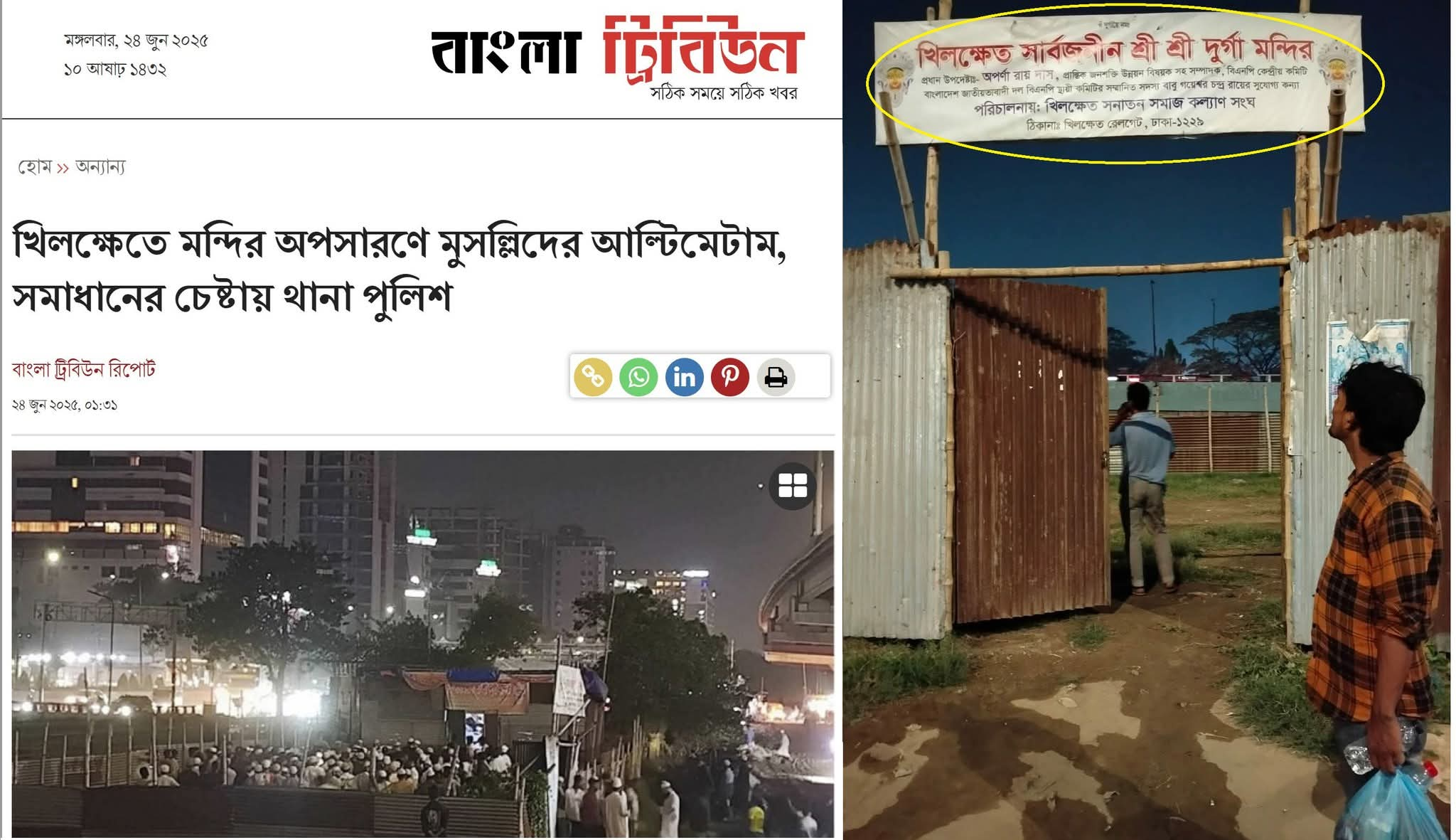
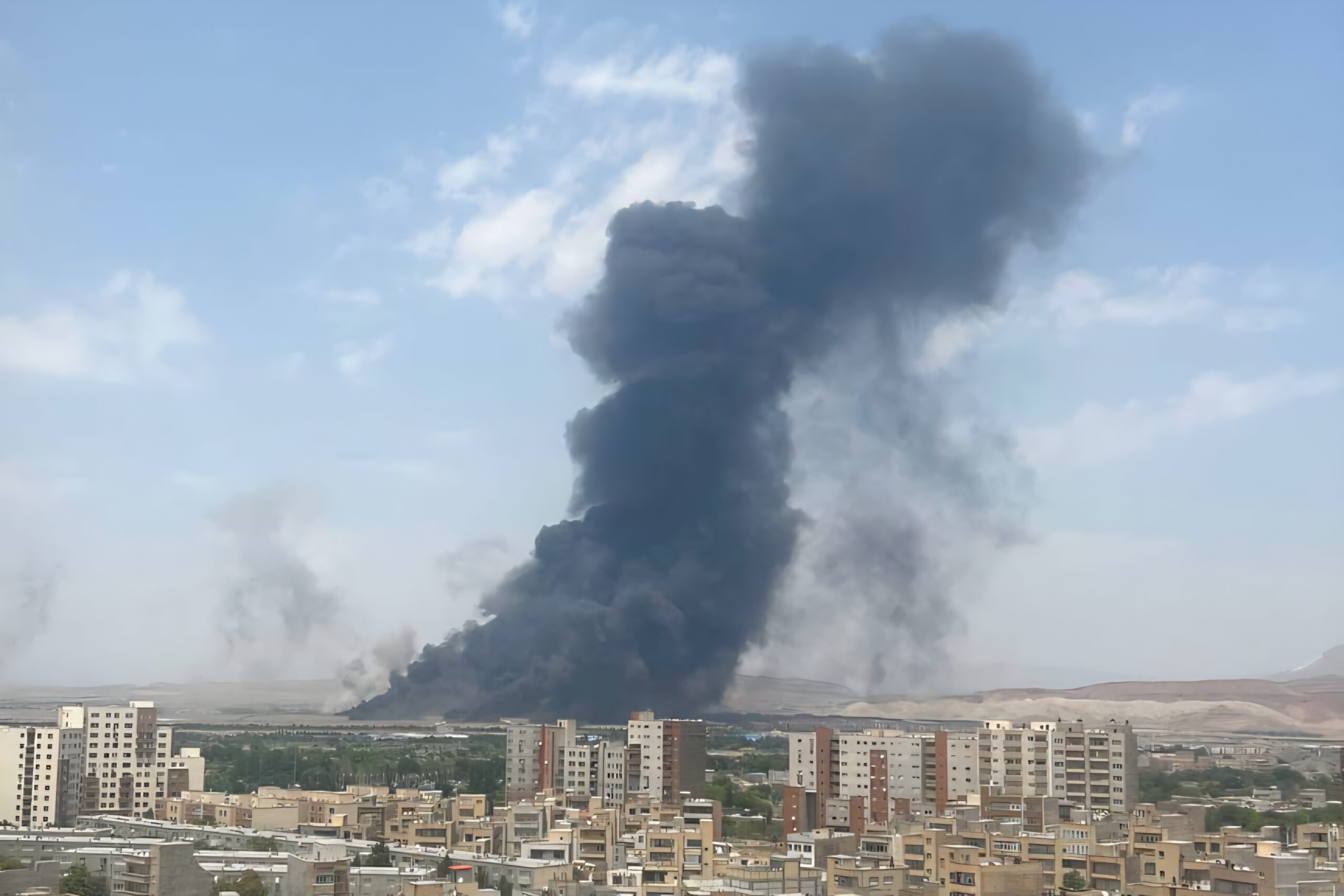
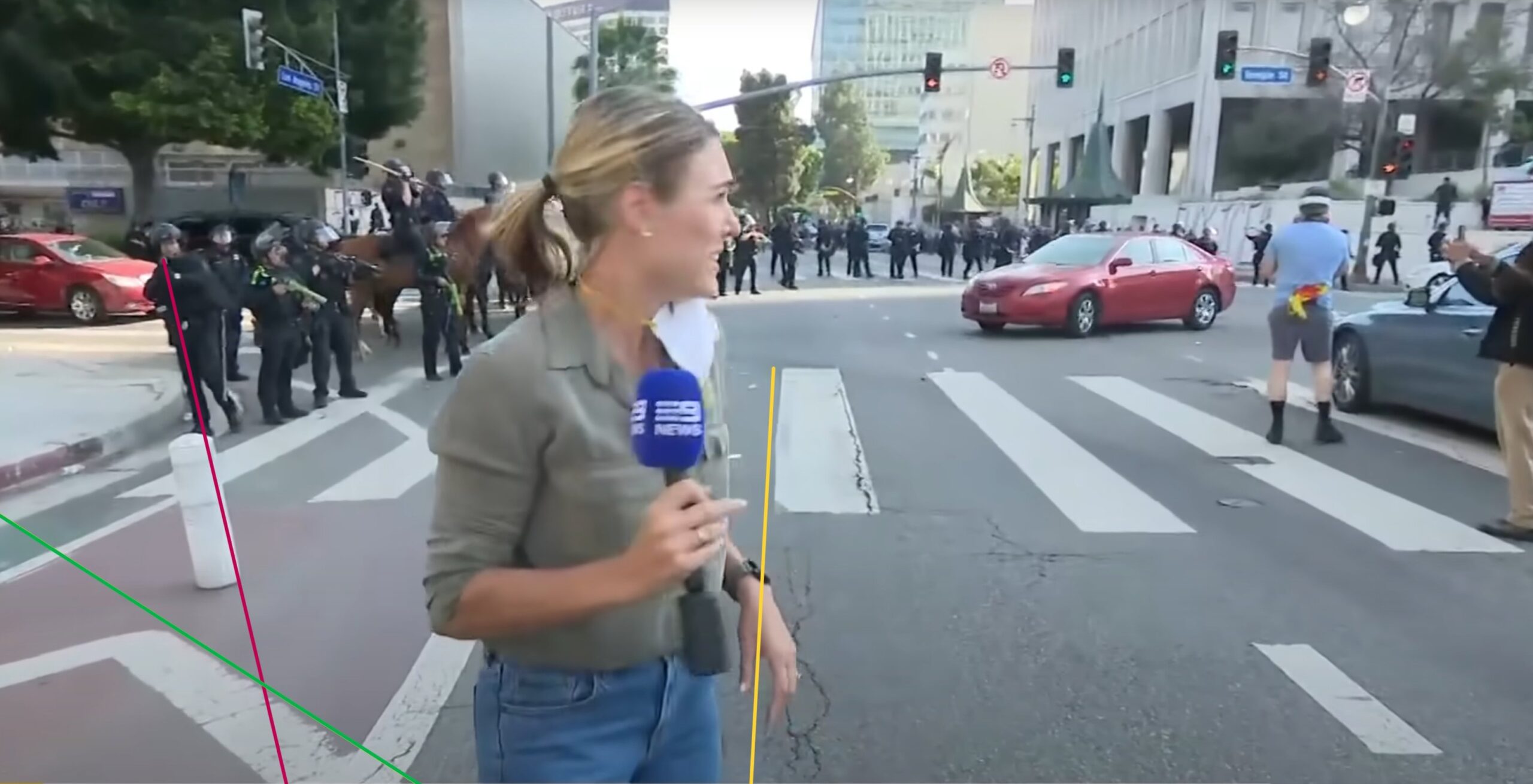
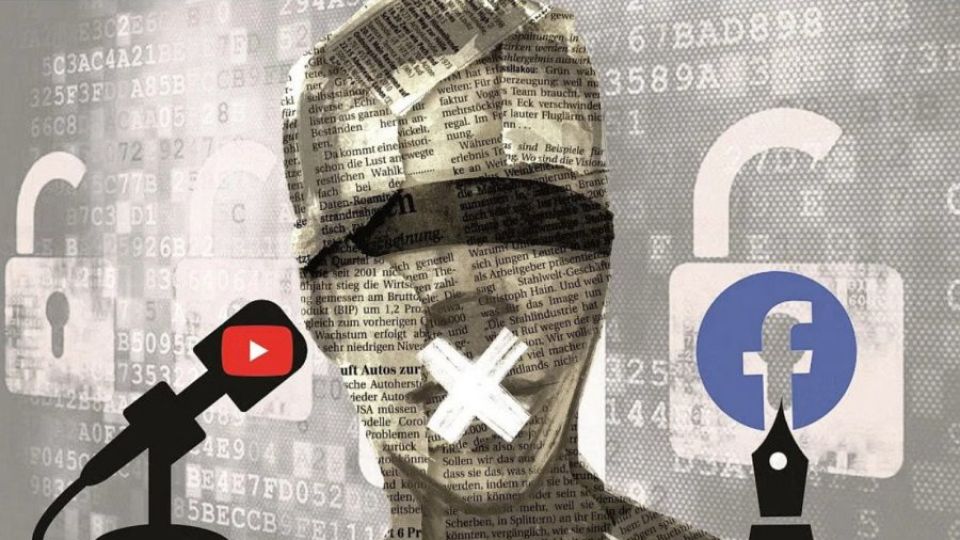
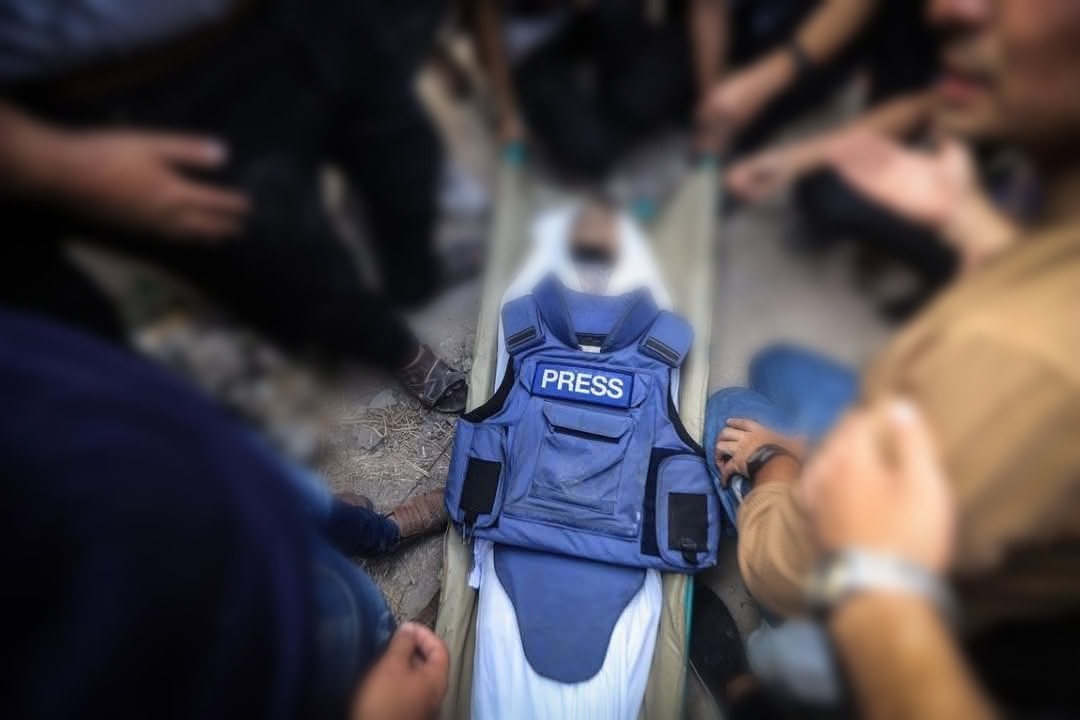
Leave a Reply